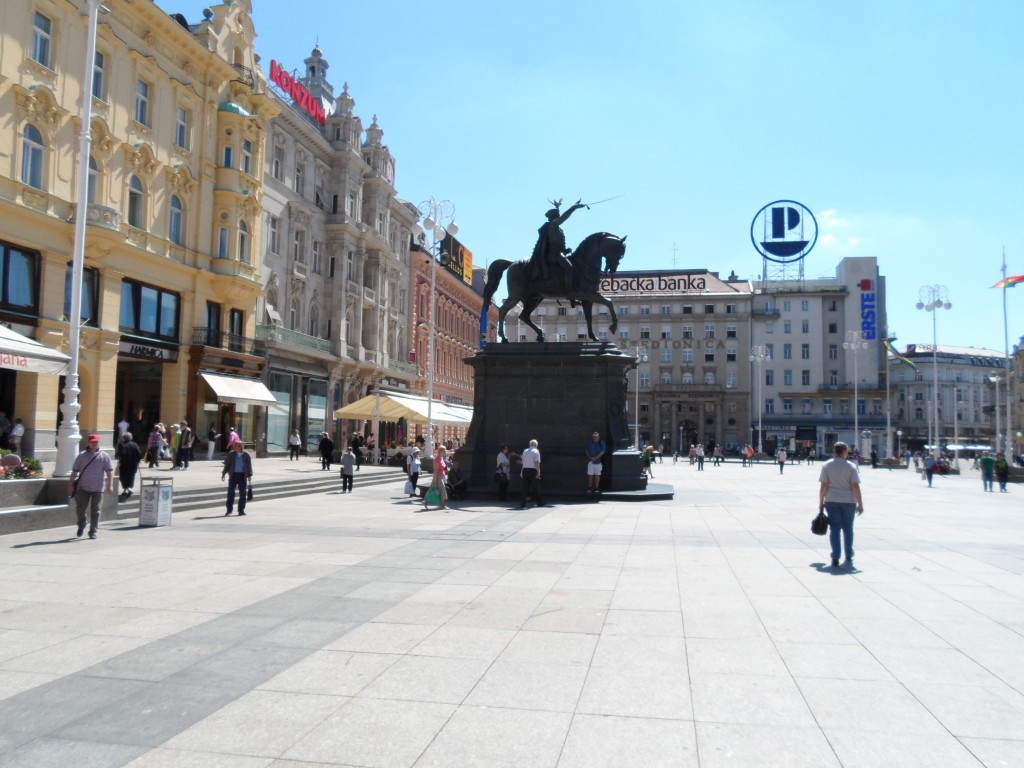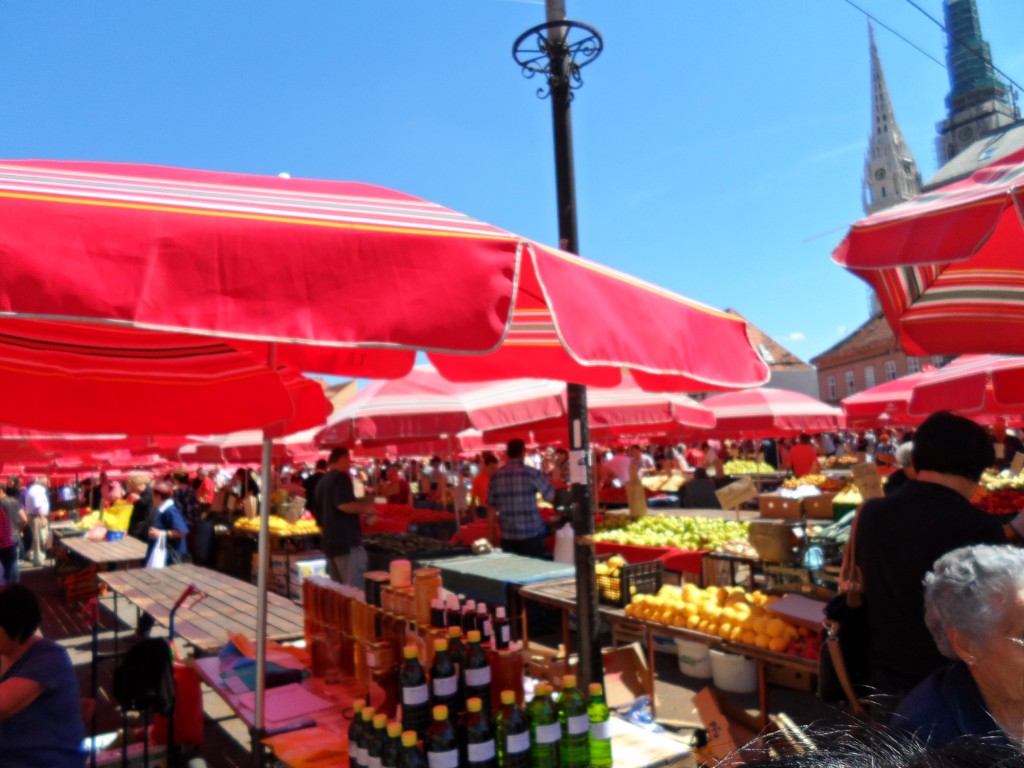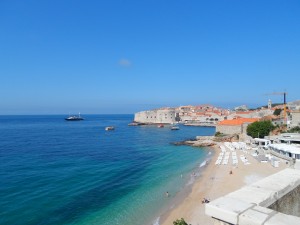After our day in Ljubljana, we decided to take an all-day tour of western Slovenia. Our tour guide picked us up at our hotel at 08:30.
The first stop was Predjama Castle, a castle built within the opening of a cave. While the outside was interesting to look at, once the novelty of a castle being built into a cave opening wears off, it’s not really that interesting. We didn’t have time to go inside, which is probably a good thing since it probably would have been a letdown.
The next stop were the Škocjan Caves, a UNESCO world heritage site. The walking tour through the caves is very fast-paced and involve a lot of stairs. The caves are the largest that I’ve ever seen. Sadly, they don’t let tourists take pictures inside the cave. If you have a car and are in Slovenia, these caves are worth a look. Valerie was very impressed.
The last stop was the town of Piran on the tiny Slovenian coast. As a result of redrawn regional boundaries during the Yugoslav era, Slovenia lost much of its coastline and ended up with a tiny strip of coast between Croatia and Italy. Piran is one of the main tourist towns on the coast. Since Piran only has a small pebble beach, the town built several concrete beaches along the shoreline. Since there are virtually no waves at this point in the Adriatic Sea, the concrete beach is almost like the side of a pool, complete with lounge chairs and a stainless steel ladder to climb out of the water. We later learned that most Slovenians vacation in Croatia, which has actual beaches.


